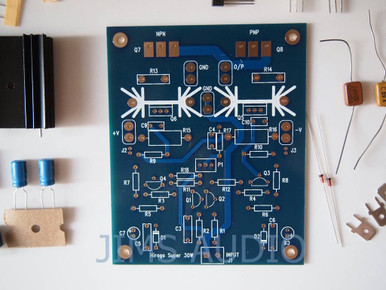Sir i have one small doubt on ground connection.Continuation....
Finding the right guy for each job was the most difficult part in these kind of builds as most of the vendors are not interested and ready to take up one off project. I had to run around quite a lot in Bangalore checking out vendors listed in JustDial and similar sites. I will be listing down all these at the end so that it will be much easier for guys like me in future.
Since my sketch has so many design elements, CAD design became very important and that took me weeks to get the right person, the corona lockdown was not helping either. Had to have multiple sessions with the CAD guy to tweak the design and after 3 weeks of constant follow ups I received milled panels. It was an ecstatic moment seeing the design which was there only in your brain right in front of you.
View attachment 53219
View attachment 53220
View attachment 53221
View attachment 53222
I had ordered all the necessary parts in the meantime and was ready to kick-start test assembling the chassis. I followed the automobile way of wiring and created separate wiring looms for each boards terminated with lugs and spades. The power wires are 2.5sqmm and 1.5sqmm, the input signal wires are shielded Canare microphone cables. Learnt the braiding technique from YouTube.
View attachment 53223
The PCBS are arranged for marking the mount holes, all the 3mm threads are manually done at home using hand drill and tapping kit. The transformer is mounted using M5 bolts like all the chassis panels.
View attachment 53224
The small board is a soft start to avoid current surge.
View attachment 53225
I had to go for double layer arrangement as the chassis was compact and most of the space was eaten by transformer itself. The wiring layout has been finalized after multiple trials to avoid any ground loop and hum.
View attachment 53226
PCBs are mounted on Aluminum square tube cut into half.
View attachment 53227
Test assembled,
View attachment 53229
I ran it like this for couple of weeks to understand the heating effect and bias adjustment. Temperature was hovering around 53 degree after 2 hours of operation.
View attachment 53230
View attachment 53231
Since you have 2 power rails. Are both ground separate right from the input source ground to speakers out ground , or there is no issue if common ground is done.



